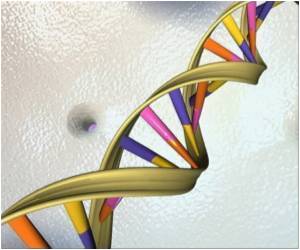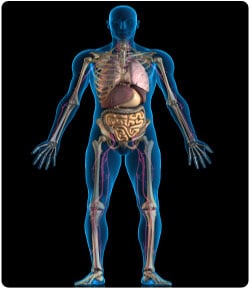SIRT1, the “longevity” protein may be key to memory and learning too, say scientists with the University of Southern California and National Institute on Aging at the National Institutes of Health.

“The over-expression of SIRT1 did not improve memory, implying that increasing the amount of the protein may not enhance memory. Many more studies with different models are necessary, however, to rule this out,” said co-corresponding author Valter Longo, a molecular biologist in the USC Leonard Davis School of Gerontology with a joint appointment in the USC College of Letters, Arts and Sciences.
In mice, sirtuins have been shown to affect metabolism and other biological processes involved in aging. A number of studies have shown that resveratrol, a proposed sirtuin activator and much-advertised “anti-aging” ingredient in red wine, has beneficial effects on some aspects of health, though it does not prolong life in normal mice. However, it does improve the health and extends the life span of mice on a high fat diet.
The physiological functions of sirtuins in humans are under intense investigation, with many ongoing studies on the effects of sirtuin activators and inhibitors on various diseases.
“This is a very controversial topic since sirtuins have been shown to be both good and bad,” Longo noted. “In our previous studies [in mice and mammalian cells], for example, we showed that it was the absence of SIRT1 that protected neurons.
“So maybe there is a trade-off between protection against toxicity and function such as that which is essential for learning and memory.”
Advertisement
At the other end, mice engineered to over-express the SIRT1 gene performed no better on learning and memory tests than normal mice. Their brains did not show any adverse physical characteristics.
Advertisement
Funding for the research came from the National Institutes of Health, the Canadian Institutes of Health Research, the Ellison Medical Foundation, the intramural research program of the National Institute on Aging and the Paul F. Glenn Foundation for Medical Research.
Source-Medindia












